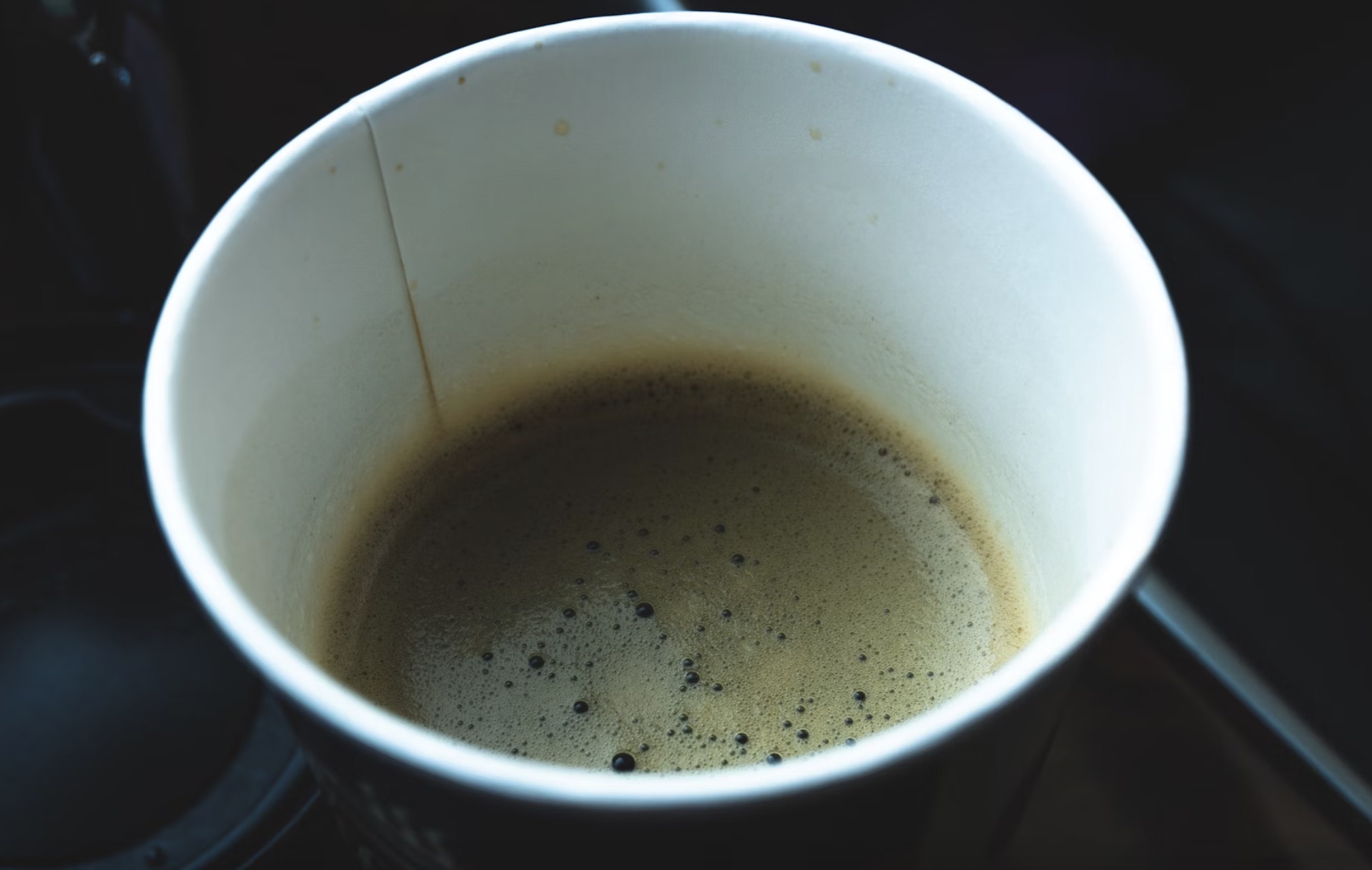When it comes to takeaway coffee, the 12oz cup is one of the most popular sizes around. It’s big enough for a good latte or cappuccino, but not so large that it’s awkward to hold. For cafes and food businesses, getting this size right can make a big difference.
Why the 12 oz Cup Works So Well
The 12 oz cup hits a sweet spot. It works for most milk-based coffees. It’s also handy for iced teas, iced coffees, and other cold drinks. Customers get a generous serving without it feeling oversized. For busy cafés, sticking to a common size like this keeps things simple.
What Makes Up a Paper Coffee Cup
A standard 12 oz coffee cup has three main parts: the board, the lining, and the design.
1. Paperboard
The cup walls are made from strong paperboard. Virgin board is fresh fibre, clean and sturdy. The recycled board uses recovered paper and helps with sustainability.
However, recycled boards are sometimes weaker and may need extra care in production.
2. Lining
Paper alone can’t hold liquid, so the inside needs a barrier.
- Polyethylene (PE): This is a thin plastic film. It’s common but not recyclable in most places.
- PLA (plant-based plastic): Made from corn or sugarcane. It’s compostable in industrial facilities.
- Water-based coating: A newer option that uses no plastic. It’s safe for food and compostable.
3. Structure
The way a cup is built affects how it feels and works.
- Single wall: Light and affordable. Often used with a cardboard sleeve for hot drinks.
- Double wall: Two layers of board with an air gap. Keeps drinks hot and hands cool. No sleeve needed.
- Ripple or embossed wall: A textured outer layer for extra grip and insulation.
The Environmental Side
- Single-use cups are under the spotlight.
- PE-lined cups can’t be recycled with regular paper.
- They also take a long time to break down in landfill.
- PLA and water-based coatings are better for composting, but they still need the right waste facilities.
Even the most eco-friendly cup still uses energy and resources to make.The best choice is one that matches local waste systems.
For many Australian businesses, water-based coated cups are the most future-proof option.
Rules and Customer Expectations
- Many states in Australia are banning certain single-use plastics.
- This is pushing cafés to switch to compostable or plastic-free cups.
- Customers also care more about eco-friendly packaging now.
- If your business is seen as sustainable, it can help bring people back.
How to Pick the Right 12 oz Cup for Your Business
- Start with your drinks menu.
- If you mostly sell hot coffee, a double-wall cup is more comfortable for customers.
- If you sell a lot of cold drinks, a single-wall cup might do the job.
- For customers who need a better grip, go for an embossed or ripple design.
Choose a lining that matches your waste options.
- If you have access to composting, PLA or water-based coatings work well.
- If not, water-based coatings are still a good choice as recycling options improve.
Think about how your cups look.
- White cups are perfect for printed logos and branding.
- Kraft brown cups have a natural, eco look.
- Some designs, like charity-branded cups, can also help you connect with customers.
Lids and Extras
A good cup needs the right lid.
Options include:
- Sugarcane pulp lids – renewable and compostable.
- PLA lids – compostable if facilities exist.
- Standard plastic lids – common but less eco-friendly.
You can also add paper sleeves, stirrers, or paper straws for a complete takeaway setup.
Balancing Cost and Quality
- Single-wall cups are cheaper but may need sleeves.
- Double-wall cups cost more but give customers a better experience.
- Sustainable options may be slightly pricier, but they can improve your brand image.
Using Cups as a Branding Tool
- A 12 oz cup isn’t just for holding coffee.
- It’s also a walking advert for your business.
- Branded cups can make your logo more visible and memorable.
- Eco-friendly messaging on the cup can also send a strong signal about your values.
Final Word
- The 12 oz coffee cup is a solid choice for most cafes and food outlets.
- It works for hot and cold drinks.
- It’s easy to hold.
- And with the right design and material, it can fit both your brand and your environmental goals.
The safest bet for most Aussie businesses is a double-wall, water-based coated cup in white or kraft.
It’s comfortable, looks good, and helps you prepare for a future with fewer plastics.
With the right cup, you’re not just serving coffee—you’re giving customers a better experience while showing you care about the planet.

